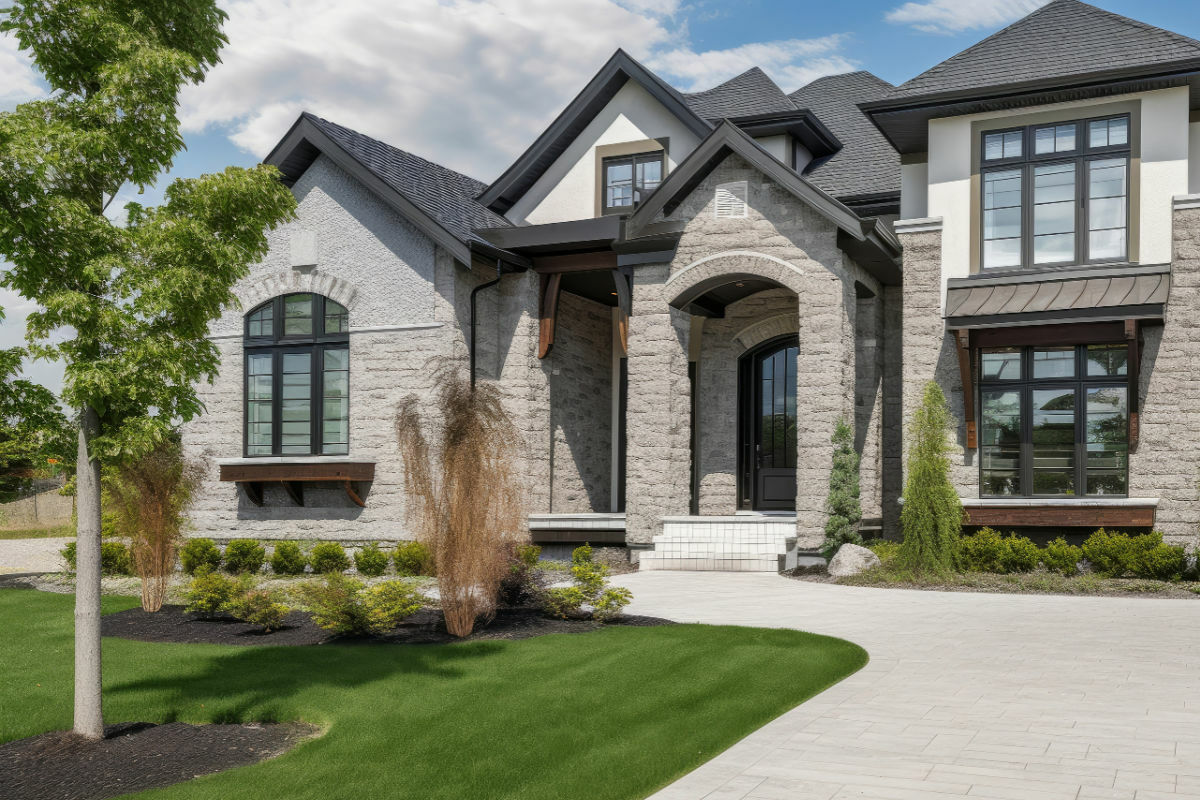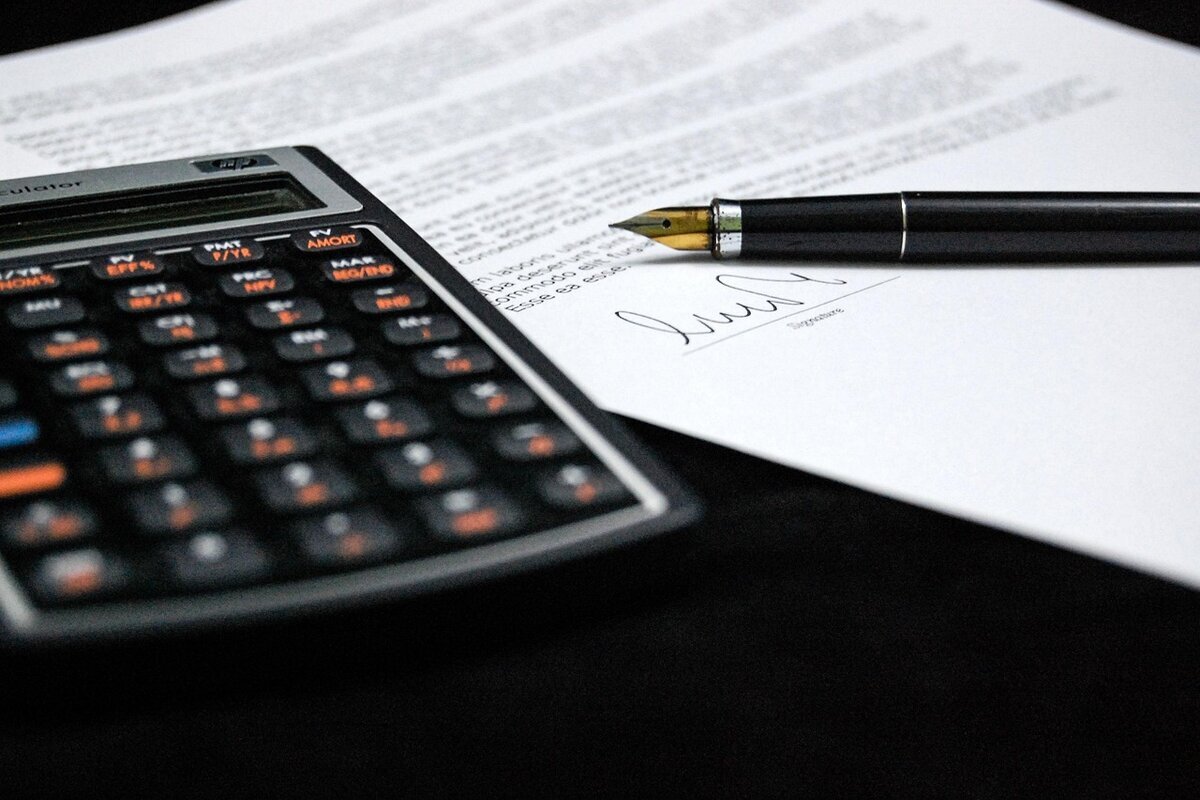Increased Foreclosure Filings
With foreclosures on the rise, many homeowners are wondering what their options are. Getting served foreclosure papers can be a terrifying experience. While there has been some good economic news of late, and we are not in a recession due to post-COVID inflation, the prices for all sorts of necessities are still going up, just not as fast as they were in 2022. Nevertheless, with inflation and the increased cost of property taxes and homeowners’ insurance (which many homeowners escrow for) there has been a noticeable increase in mortgage payment defaults and foreclosure filings. A homeowner may not immediately realize it, but they have legal protections available to them to help save their home from foreclosure.
The immediate options a homeowner has is fighting a foreclosure action, which can be costly and difficult to win, trying to get a loan modification which is increasingly more difficult to get and are much more expensive since a modification, which would be at today’s prevailing interest rate which are approximately 7-8%, or seeking chapter 13 bankruptcy protection.
Of all the options a homeowner facing foreclosure may have, bankruptcy may not be the first thing a homeowner thinks of but often it should be. Not only can Chapter 13 save a home from foreclosure, arguably, it is often the best way and most guaranteed way to protect a home. That being said, the longer one waits to file for Chapter 13 after defaulting on their mortgage, the more expensive it will get, as missed monthly mortgage payments will continue to accrue. This is why if you receive a foreclosure notice, you should contact an experienced bankruptcy attorney to discuss your options immediately.
What is Chapter 13 Bankruptcy?
In a Chapter 13 bankruptcy case, a debtor reorganizes their debt over a payment plan of up to 60 months, which is typically interest free on most debt, including mortgage arrears. Quite simply, it allows a debtor who is behind on their mortgage payments to pay their mortgage arrears through a 60-month payment plan, instead of an all-in-one lump sum payment as required when reinstating a loan. Even if a lender offers some sort of repayment plan, usually the longest they offer in a forbearance plan is 6 to 12 months, and they may require a significant deposit. In a chapter 13 bankruptcy case, the debtor must present a feasible plan to the Bankruptcy Court, meaning they must be able to afford their monthly living expenses, mortgage payment and monthly payment to the Chapter 13 Bankruptcy Trustee.
Beyond repaying mortgage arrears, a Chapter 13 bankruptcy will also resolve any other debt-related issues that a debtor is having. The Chapter 13 plan payment will also include payments to resolve priority debts, such as taxes or a large water bill balance as well as non-priority, unsecured debts, such as credit cards and personal loans. Depending on the debtor’s income and budget, they may only be required to pay back a small percentage of non-priority unsecured debts such as credit card debt and personal loans. Conveniently, the debtor gets to make one monthly payment to a bankruptcy trustee to resolve all their outstanding debt issues in a payment plan for up to 60 months.
Once a Chapter 13 bankruptcy petition is filed, the debtor is required to resume making their regular mortgage payments, which the mortgage company must accept. In addition, within 30 days of the filing, the debtor must also start making monthly plan payments to the bankruptcy trustee assigned to their case, which will include the mortgage arrears. After the debtor’s plan is formally confirmed by the Bankruptcy Court, the trustee will commence repaying their debtor’s pre-petition mortgage arrears directly to the debtor’s lender or servicer, which must be accepted.
What are the benefits of Chapter 13?
There are many benefits to filing for Chapter 13 bankruptcy beyond the ability to repay mortgage arrears over a 60-month payment plan. When a bankruptcy petition is filed, an automatic stay goes into effect, which strictly prohibits all collection activity. It can provide a stay against foreclosure proceedings, including a scheduled foreclosure sale date. Additionally, in a chapter 13 bankruptcy case, a debtor is able to keep their current mortgage interest payment, including the interest rate that was previously obtained through a loan modification. This is important to keep in mind since today’s mortgage rates are typically much higher than a previously obtained modified rate. Accordingly, a new modified rate would result not only in a higher monthly mortgage payment but would also be much more costly for the homeowner over the life of the loan.
It is also important to note, obtaining a confirmed court ordered chapter 13 bankruptcy plan may be a lot easier than getting a mortgage modification approved. Chapter 13 bankruptcy is more liberal with income sources than most loan modification guidelines. For example, while a mortgage underwriter may only credit 75% of a homeowner’s rental income, in a Chapter 13 bankruptcy case, 100% of a debtor’s rental income is taken into account. Similarly, contribution income from family members is also fully credited. In contrast, a lender may not credit any contributory income in a loan modification application. Lastly, at the end of the debtor’s plan, their mortgage is reinstated (at their current interest rate), and they should be in a much better position financially since the Chapter 13 plan also resolves nearly all of their debt issues, not just mortgage related ones.
If a debtor is not able to present a feasible plan that pays 100% of their mortgage arrears, they may consider applying for loss mitigation, if available. That will give the debtor an opportunity to attempt to obtain a loan modification under the supervision of the Bankruptcy Court. For New York City debtors, loss mitigation is available in both the Southern District of New York (covering Manhattan and the Bronx) and the Brooklyn Division of the Eastern District of New York (covering Brooklyn, Queens, and Staten Island). The Bankruptcy Court for the Southern District of New York’s loss mitigation program is also available in counties north of New York City, including Westchester, Rockland, Putnam, Orange, Dutchess, and Sullivan counties. We often find the Bankruptcy Court’s loss mitigation program often has better results than those in the State Court’s foreclosure settlement part.
Contact the Law Offices of David I. Pankin, P.C.
At the Law Offices of David I. Pankin, P.C., we have helped homeowners facing foreclosure for over 25 years and helped save hundreds of homes along the way. If you are in or at risk of foreclosure, please feel free to contact our office to schedule a free consultation at (888) 529-9600 or by using our easy online contact form.






